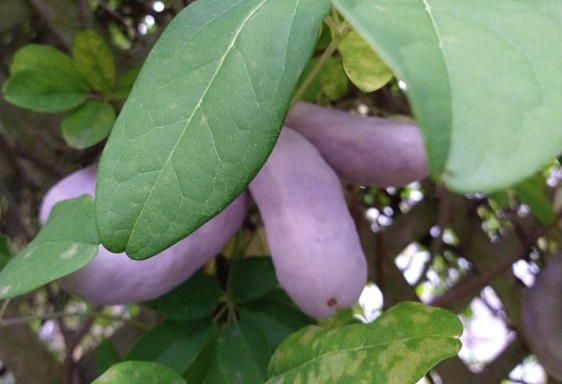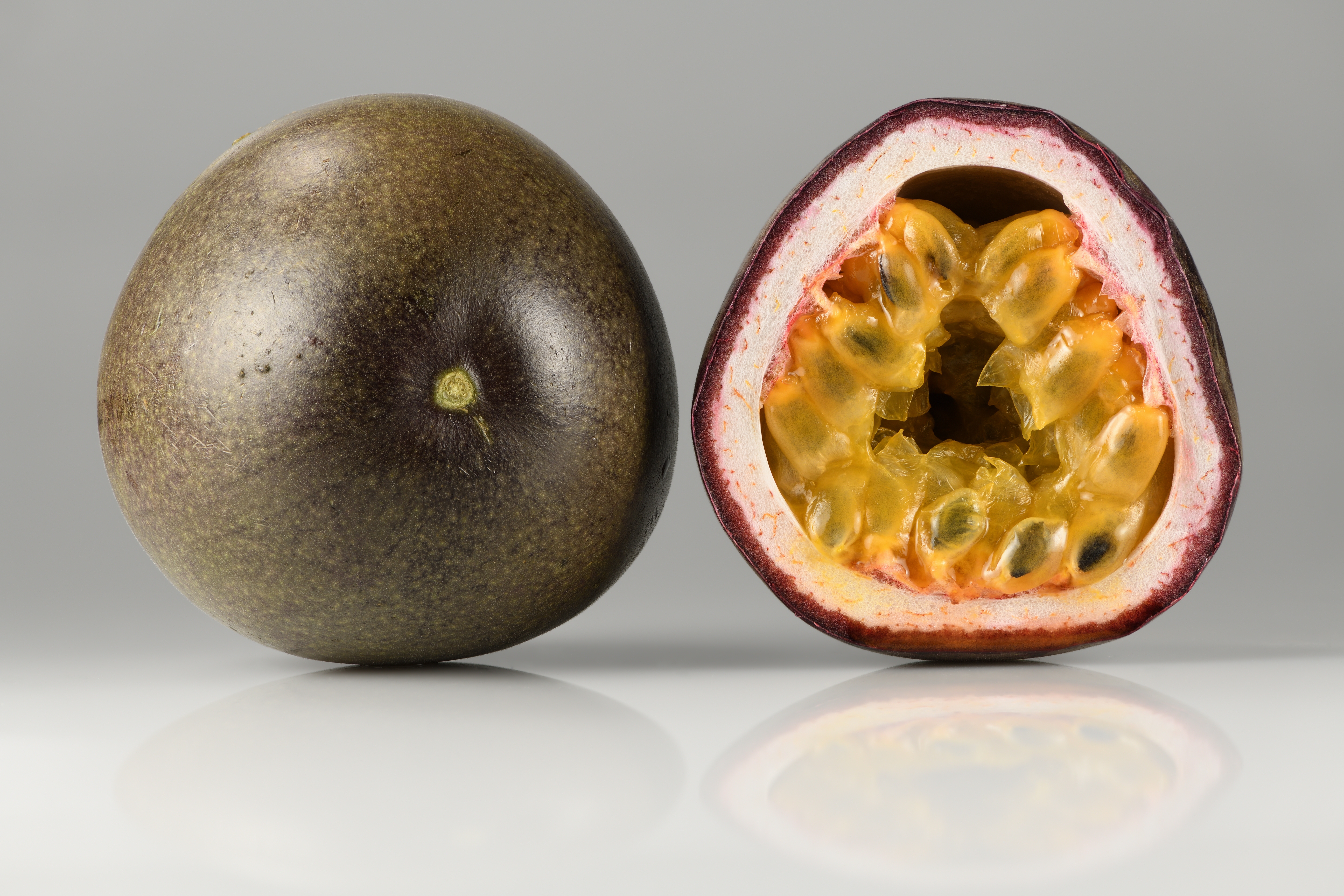|
Vine
A vine is any plant with a growth habit of trailing or scandent (that is, climbing) stems, lianas, or runners. The word ''vine'' can also refer to such stems or runners themselves, for instance, when used in wicker work.Jackson; Benjamin; Daydon (1928). ''A Glossary of Botanic Terms with their Derivation and Accent'', 4th ed. London: Gerald Duckworth & Co. In parts of the world, including the British Isles, the term "vine" usually applies exclusively to grapevines, while the term "climber" is used for all climbing plants. Growth forms Certain plants always grow as vines, while a few grow as vines only part of the time. For instance, poison ivy and bittersweet can grow as low shrubs when support is not available, but will become vines when support is available. A vine displays a growth form based on very long stems. This has two purposes. A vine may use rock exposures, other plants, or other supports for growth rather than investing energy in a lot of supportive tissu ... [...More Info...] [...Related Items...] OR: [Wikipedia] [Google] [Baidu] |
Kudzu
Kudzu (), also called Japanese arrowroot or Chinese arrowroot, is a group of climbing, coiling, and trailing deciduous perennial vines native to much of East Asia, Southeast Asia, and some Pacific islands. It is invasive species, invasive in many parts of the world, primarily North America. The vine densely climbs over other plants and trees and grows so rapidly that it smothers and kills them by blocking most of the sunlight and taking root space. The plants are in the genus ''Pueraria'', in the pea family Fabaceae, subfamily Faboideae. The name is derived from the Japanese language, Japanese name for the plant East Asian arrowroot, (''Pueraria montana'' var. ''lobata''), . Where these plants are Naturalisation (biology), naturalized, they can be invasive and are considered noxious weeds. The plant is edible, but often sprayed with herbicides. Taxonomy The name kudzu describes one or more species in the genus ''Pueraria'' that are closely related, and some of them are cons ... [...More Info...] [...Related Items...] OR: [Wikipedia] [Google] [Baidu] |
Liana
A liana is a long-Plant stem, stemmed Woody plant, woody vine that is rooted in the soil at ground level and uses trees, as well as other means of vertical support, to climb up to the Canopy (biology), canopy in search of direct sunlight. The word ''liana'' does not refer to a Taxonomy (biology), taxonomic grouping, but rather a habit of plant growth—much like ''tree'' or ''shrub''. It comes from standard French , itself from an Antilles French dialect word meaning to sheaf (agriculture), sheave. Ecology Lianas are characteristic of Tropical and subtropical moist broadleaf forests, tropical moist broadleaf forests (especially Tropical seasonal forest, seasonal forests), but may be found in temperate rainforests and temperate deciduous forests. There are also temperate lianas, for example the members of the ''Clematis'' or ''Vitis'' (wild grape) genera. Lianas can form bridges in the forest canopy, providing Arboreal locomotion, arboreal animals—including ants and many ot ... [...More Info...] [...Related Items...] OR: [Wikipedia] [Google] [Baidu] |
Akebia Quinata
''Akebia quinata'' –commonly known as , chocolate vine, five-leaf chocolate vine, or five-leaf akebia– is a vine that is native to Japan, China and Korea, commonly used as an Ornamental plant, ornamental or edible plant in the United States and Europe. In its native habitat, it is often found on hills, in hedges, on trees, along forest edges and streams, and on mountainous slopes. Etymology ''Akebi'', its Japanese language, Japanese vernacular name, was originally written as け; it derives from and , due to its fruit splitting open when ripe. The epithet ''quinata'' means 'divided into five' and is presumably a reference to its lobed leaves. Description ''Akebia quinata'' is a climbing evergreen vine that grows to or more in height and has palmately compound leaves with five elliptic or obovate leaflets that are notched at the tip. The woody stems are greyish-brown with lenticels. The flowers are clustered in racemes and are chocolate-scented, with three or four sepa ... [...More Info...] [...Related Items...] OR: [Wikipedia] [Google] [Baidu] |
Tendril
In botany, a tendril is a specialized Plant stem, stem, leaf or Petiole (botany), petiole with a thread-like shape used by climbing plants for support and attachment, as well as cellular invasion by parasitic plants such as ''Cuscuta''. There are many plants that have tendrils; including sweet peas, passionflower, grapes and the Chilean glory-flower. Tendrils respond to touch and to chemical factors by curling, twining, or adhering to suitable structures or hosts. Tendrils vary greatly in size from a few centimeters up to 27 inches (69 centimeters) for ''Nepenthes harryana''. The chestnut vine (''Tetrastigma voinierianum'') can have tendrils up to 20.5 inches (52 centimeters) in length. Normally there is only one simple or branched tendril at each node (see plant stem), but the aardvark cucumber (''Cucumis humifructus'') can have as many as eight. History The earliest and most comprehensive study of tendrils was Charles Darwin's monograph ''On the Movements and Habits of Climb ... [...More Info...] [...Related Items...] OR: [Wikipedia] [Google] [Baidu] |
Passiflora
''Passiflora'', known also as the passion flowers or passion vines, is a genus of about 550 species of flowering plants, the type genus of the family Passifloraceae. ''Passiflora'' species are widely cultivated for their striking flowers, flavorful fruits, traditional medicinal uses, and roles in dietary supplements and ayahuasca analogs, with several ornamental hybrids earning Royal Horticultural Society awards. Description They are mostly tendril-bearing vines, with some being shrubs or trees. They can be woody or herbaceous. Passion flowers produce regular and usually showy flowers with a distinctive corona. There can be as many as eight concentric coronal series, as in the case of '' P. xiikzodz''. and '' Passiflora alata''. The hallmark of the genus is the androgynophore, a central column to which the stamens and pistil are attached, which can be very long in some species such as '' Passiflora coactilis''. The flower is pentamerous (except for a few Southea ... [...More Info...] [...Related Items...] OR: [Wikipedia] [Google] [Baidu] |
Kiwifruit
Kiwifruit (often shortened to kiwi), or Chinese gooseberry, is the edible berry (botany), berry of several species of woody vines in the genus ''Actinidia''. The most common cultivar group of kiwifruit (Actinidia chinensis var. deliciosa, ''Actinidia chinensis'' var. ''deliciosa'' 'Hayward') is oval, about the size of a large Egg (food), hen's egg: in length and in diameter. Kiwifruit has a thin, fuzzy, fibrous, tart but edible, light brown skin and light green or golden flesh with rows of tiny, black, edible seeds. The fruit has a soft texture with a sweet and unique flavour. Kiwifruit is native to central and eastern China, with the first recorded description dating back to the 12th century during the Song dynasty. In the early 20th century, cultivation of kiwifruit spread from China to New Zealand, where the first commercial plantings took place. It gained popularity among British and American servicemen stationed in New Zealand during World War II, and later became c ... [...More Info...] [...Related Items...] OR: [Wikipedia] [Google] [Baidu] |
Ipomoea
''Ipomoea'' () is the largest genus in the plant family Convolvulaceae, with over 600 species. It is a large and diverse group, with common names including morning glory, Ipomoea aquatica, water convolvulus or water spinach, sweet potato, bindweed, Ipomoea alba, moonflower, etc. The genus occurs throughout the tropical and subtropical regions of the world, and comprises annual plant, annual and perennial plant, perennial herbaceous plants, lianas, shrubs, and small trees; most of the species are twining Vine, climbing plants. Their most widespread common name is morning glory, but some species in related genera bear that same common name and some ''Ipomoea'' species are known by different common names. Those formerly separated in ''Calonyction'' (Ancient Greek, Greek "good" and , , , "night") are called moonflowers. The name ''Ipomoea'' is derived from the Ancient Greek , meaning , and (), meaning "resembling". It refers to their twining habit. Uses and ecology Human ... [...More Info...] [...Related Items...] OR: [Wikipedia] [Google] [Baidu] |
Hedera
''Hedera'', commonly called ivy (plural ivies), is a genus of 12–15 species of evergreen climbing or ground-creeping woody plants in the family Araliaceae, native to Western Europe, Central Europe, Southern Europe, Macaronesia, northwestern Africa and across central-southern Asia east to Japan and Taiwan. Several species are cultivated as climbing ornamentals, and the name ''ivy'' especially denotes common ivy (''Hedera helix''), known in North America as "English ivy", which is frequently planted to clothe brick walls. Description On level ground ivies remain creeping, not exceeding 5–20 cm height, but on surfaces suitable for climbing, including trees, natural rock (geology), rock outcrops or man-made structures such as quarry rock faces or built masonry and wooden structures, they can climb to at least 30 m above the ground. Ivies have two leaf types, with palmately lobed juvenile leaves on creeping and climbing stems and unlobed cordate adult leaves on fertile fl ... [...More Info...] [...Related Items...] OR: [Wikipedia] [Google] [Baidu] |
Clematis
''Clematis'' is a genus of about 380 species within the buttercup family, Ranunculaceae. Their garden hybrids and cultivars have been popular among gardeners, beginning with ''Clematis'' 'Jackmanii', a garden staple since 1862; more cultivars are being produced constantly. They are mainly of Chinese and Japanese origin. Species names Most species are known as clematis in English, while some are also known as: * traveller's joy, a name invented for the sole British native, '' C. vitalba'', by the herbalist John Gerard; * virgin's bower for '' C. terniflora'', '' C. virginiana'', and '' C. viticella''; * old man's beard, applied to several with prominent seedheads; * leather flower for those with fleshy petals; or vase vine for the North American ''Clematis viorna''. Etymology The genus name ''Clematis'' is from Ancient Greek κληματίς : ''clēmatís,'' ("a climbing plant") from κλήμα : ''klḗma'' – 'twig, sprout, tendril'. Botany The genus is composed of mostly ... [...More Info...] [...Related Items...] OR: [Wikipedia] [Google] [Baidu] |
Phototropism
In biology, phototropism is the growth of an organism in response to a light stimulus. Phototropism is most often observed in plants, but can also occur in other organisms such as fungi. The cells on the plant that are farthest from the light contain a hormone called auxin that reacts when phototropism occurs. This causes the plant to have elongated cells on the furthest side from the light. Phototropism is one of the many plant tropisms, or movements, which respond to external stimuli. Growth towards a light source is called positive phototropism, while growth away from light is called negative phototropism. Negative phototropism is not to be confused with skototropism, which is defined as the growth towards darkness, whereas negative phototropism can refer to either the growth away from a light source or towards the darkness. Most plant shoots exhibit positive phototropism, and rearrange their chloroplasts in the leaves to maximize photosynthetic energy and promote growth.G ... [...More Info...] [...Related Items...] OR: [Wikipedia] [Google] [Baidu] |







